Archaeological Site in Wanggung-ri [UNESCO World Heritage] (익산 왕궁리유적 [유네스코 세계문화유산])
2024-04-07
666, Gungseong-ro, Iksan-si, Jeonbuk-do
+82-63-859-4631
Archaeological Site in Wanggung-ri, designated as Historic Site No. 408 on September 17, 1998, has a surface area of 216,862 square meters. The site has various structures and artifacts from Baekje dynasty to unified Silla period. Artifacts were found within the rectangular-shaped fortress site that surrounds Wanggungri Five-story Stone Pagoda, National Treasure No. 289.
Asan Spavis (아산스파비스)
2024-06-05
67 Asanoncheon-ro 157beon-gil, Eumbong-myeon, Asan-si, Chungcheongnam-do
Asan Spavis, a comprehensive hot springs resort established in July 2008, offers a diverse range of relaxation and entertainment options. Guests can enjoy both indoor and outdoor pools, various sauna facilities, and a unique event pool that features twenty-three distinct themes throughout the year, including tangerine, herbs, and rose. Additionally, the resort boasts a theme park equipped with a 75-meter-long wave pool and multiple slides, providing fun and excitement for all ages.
Yeongdong Yeongguksa Temple (영국사 (영동))
2022-12-27
225-35, Yeonggukdong-gil, Yeongdong-gun, Chungcheongbuk-do
+82-43-743-8843
Yeongguksa Temple is nestled at the foot of Cheontaesan Mountain (714.7 meters), at the boundary between Chungcheongbuk-do and Chungcheongnam-do. Visitors must trek through a valley to reach the temple, passing waterfalls and rocks.
The time of Yeongguksa Temple's construction is not clearly known but it is said to have been built around the late Silla period, during the time of King Seonjong. The temple prospered when the State Preceptor Wongak, who completed the Cheontae, one of Buddhist orders from Daegak Guksa Uicheon, came to the temple in the middle of the Goryeo period. It continued to flourish until the early Joseon era and then took a dive due to the rule of anti-Buddhism. Despite the situation at the time, the temple's reputation as one of the noted temples remained. However, the situation worsened in the early twentith century, to the point of near closure. The temple was reconstructed by Jubongjosa Monk in 1934.
As of now, the temple contains various treasures including the Stele for State Preceptor Wongak, Stupa of Yeongguksa Temple, Three-story Stone Pagoda of Yeongguksa Temple, Three-story Stone Pagoda at Mangtapbong Peak of Yeongguksa Temple. In addition, Bell-shaped Stupa and Round-shaped Stupa, regional tangible cultural assets, are situated in the temple site.
Bosu-dong Book Street Cultural Center(보수동 책방골목 문화관)
2023-01-09
8, Chaekbanggolmok-gil, Jung-gu, Busan
+82-51-743-7650
[The used bookstore that sells memories]
Bosu-dong Book Street has a unique background. It was formed after the independence of Korea (August 15) as a residential area in the empty place where the previous Gukje Market was demolished. Book stores began opening one-by-one and soon the street became known as Bosu-dong Book Street. The street is popular amongst booklovers for their used books as well as new books, and amongst travelers for the street’s unique atmosphere. Many young adults also frequent the street because there are many specialty shops for comic books. Every year, the Bosu-dong Culture Festival takes place and visitors can participate in events such as, make-your-own book cover, make-your-own book, and so on. The festival not only gives an opportunity to learn about the history of Bosu-dong Book Street, but have a good time as well.
Cheongju Seongan-gil Fashion Street (청주 성안길)
2025-03-15
59 Sangdang-ro 59beon-gil, Sangdang-gu, Cheongju-si, Chungcheongbuk-do
Located in the heart of Cheongju, Seongan-gil Fashion Street is known for its bustling fashion street, culture street, and car-free zone, where various shops, including clothing stores and restaurants, are gathered in one area. In addition, there are movie theaters, cafés, accessory shops, and a plaza, along with the Jungang Park and the Sangdang Park. The area is always lively, with street festivals and performances. It hosts various events, including flea markets and the Cheongju Cultural Heritage Night Tour.
Woosooyoung Tourist Attractions (우수영관광지)
2023-04-28
12, Gwangwang leisure-ro, Haenam-gun, Jeollanam-do
+82-61-530-5541
Woosooyoung Tourist Attractions area became a national tourist site in 1986, and Memorial Park of Admiral Yi was added in 1991, serving as an educational site. The area overlooks Uldolmok, and features a shrine from the past that commemorates the great victory that was achieved by Admiral Yi Sun-Sin in the Battle of Myeongnyang (1597) and a large geobukbae (turtle ship). The area hosts a history festival every October and covers many history-related experience programs throughout the year.
Yeongdong Bidangang Forest Village (영동 비단강숲마을)
2025-01-14
20-27, Sudu 1-gil, Yangsan-myeon, Yeongdong-gun, Chungcheongbuk-do
+82-43-745-5432
Yeongdong Bidangang Forest Village is a pure farming village which was at the historical border between the Silla and Baekje kingdoms. Also located nearby is Yeongguksa Temple, where King Gongmin escaped from the Red Turban troops during the Goryeo period.
Created by the Geumgang River that flows like silk around Bonghwasan Mountain, the village is surrounded by breathtaking scenery, keeping Mother Nature clean so organisms including marsh snails and mandarin fish can live.
In the village, plenty of hands-on activities such as catching snails in the crystalline water like a treasure hunter and riding a tandem
bike are available to make a valuable memory. Not only these activities, visitors can also take a rest within the ambience of Bidangang River and pick sweet potatoes and grapes, giving the pleasure of harvesting. Other programs including making a wooden doorplate, wine foot-bathing, flying a pungdeung (lantern), and herb soap-making are offered.
Igidae Cliff [National Geopark] (이기대 (부산 국가지질공원))
2024-04-29
Yongho-dong, Nam-gu, Busan
+82-51-607-6398
Igidae Cliff is a geological park located along the southern coast of Busan. Formed by volcanic activity dating back 80 million years to the Cretaceous period, the accumulated lava, volcanic ash, and other rocks have been eroded by waves, creating cliffs, caves, and other formations. Along the coastal trail leading to Oryukdo, visitors can appreciate various geological and topographical landscapes, including copper mines and pothole.
Oryukdo Skywalk (오륙도 스카이워크)
2025-04-15
137 Oryukdo-ro, Nam-gu, Busan
Oryukdo Skywalk is located at what was called Seungdumal, meaning a saddle, due to the shape of the point. It was also called Jallokgae by residents and female divers in the area.
The construction of Oryukdo Skywalk began on September 12, 2012, at the Seungdumal area, which is regarded as the dividing point between the East Sea and the South Sea, and the skywalk opened on October 18, 2013, with the theme of "walking over the sky.”
Iron columns were set up over a 35-meter-high coastal cliff, and a 15-meter glass bridge comprised of 24 glass plates and shaped like a horse’s hoof connect the iron columns. The glass flooring was made by four layers of 12-millimeter glass panels coated with a bulletproof film for a total thickness of 55.49 millimeters, making the structure quite safe. Visitors will be thrilled with the view of the waves while looking down through the transparent floor. The sea stretches out ahead of the skywalk, perfect for a photo op.
Japanese-style House in Sinheung-dong (Hirotsu House) (군산 신흥동 일본식가옥(히로쓰 가옥))
2024-04-07
17, Guyeong 1-gil, Gunsan-si, Jeonbuk-do
+82-63-454-3315
Japanese-style House in Sinheung-dong was designated as Registered Cultural Heritage in 2005. The area of Sinheung-dong, where the Hirotsu House is located, was a residential area for the wealthy class during the Japanese occupation period. The house is named after Hirotsu, the man who built the house.
Several Korean movies and dramas such as "The General’s Son (1990)," Fighter in the Wind (2004)," and "Tazza: The High Rollers (2006)" were filmed in this house. The house is a typical Japanese two-story timber house, keeping the original forms of its roof, outer walls, inside area and the Japanese-style garden which has significant meaning in regards to the architecture history.
![Archaeological Site in Wanggung-ri [UNESCO World Heritage] (익산 왕궁리유적 [유네스코 세계문화유산])](http://tong.visitkorea.or.kr/cms/resource/97/2514197_image2_1.jpg)
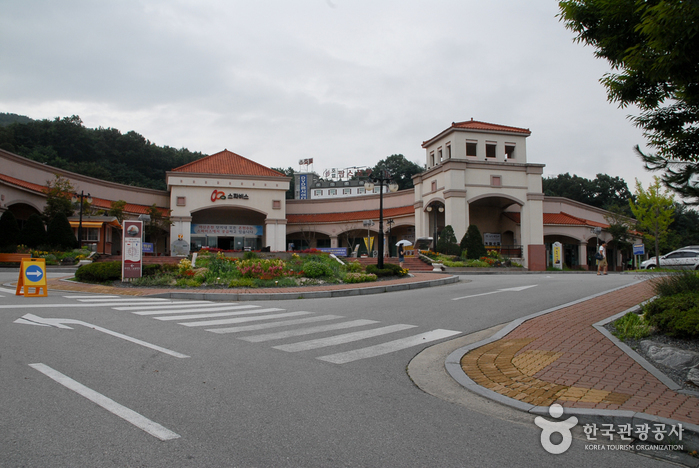
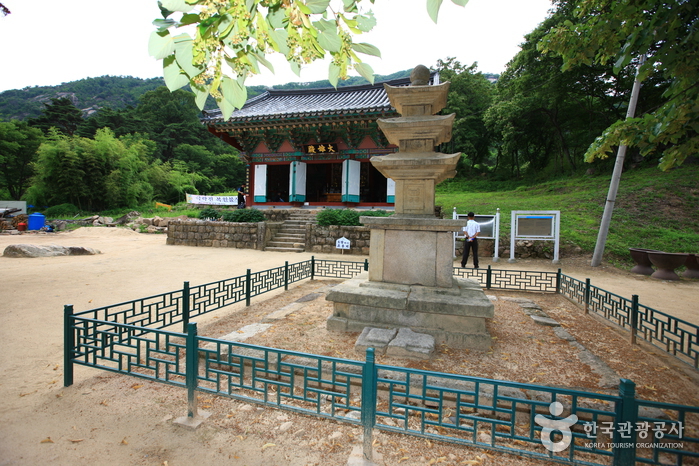
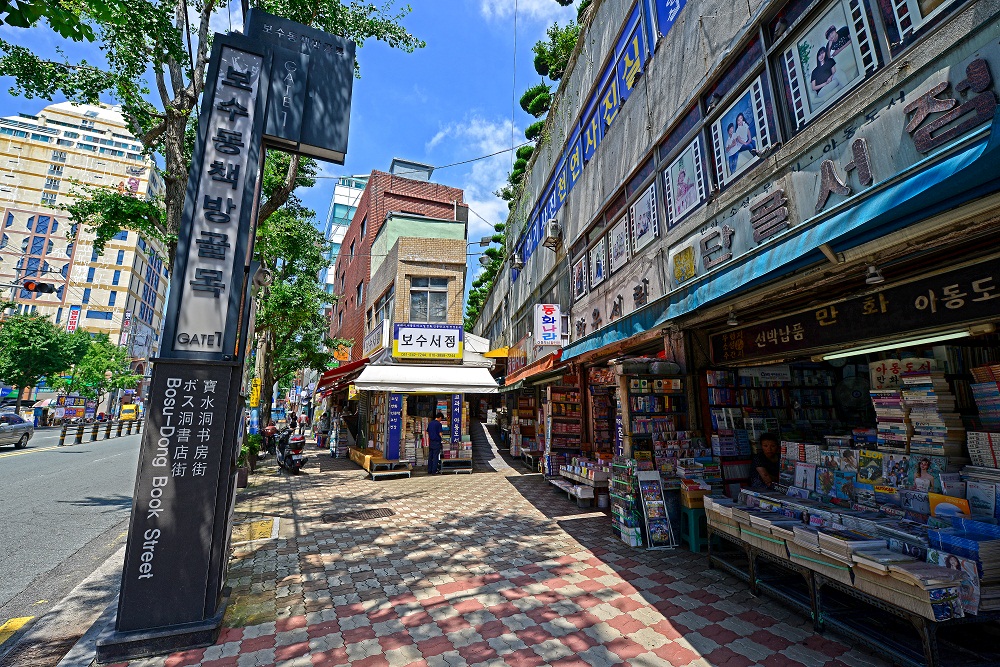
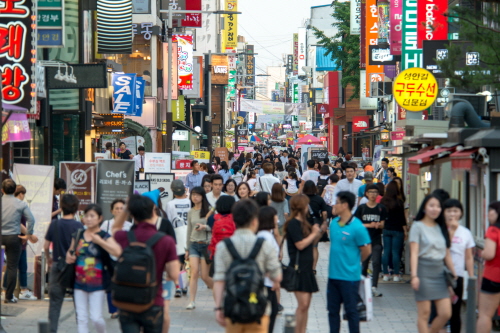
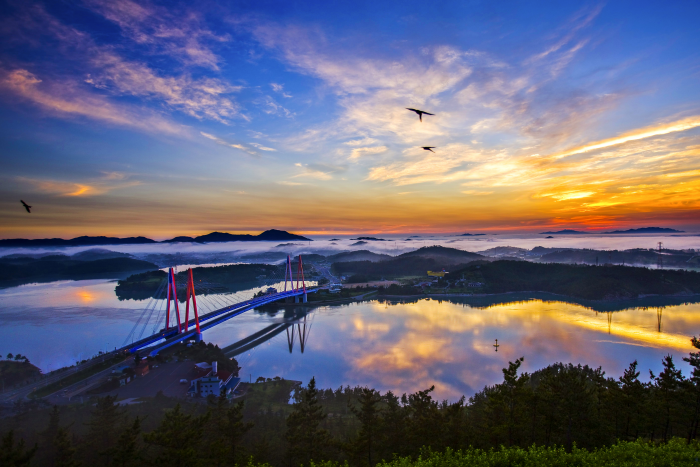

 English
English
 한국어
한국어 日本語
日本語 中文(简体)
中文(简体) Deutsch
Deutsch Français
Français Español
Español Русский
Русский